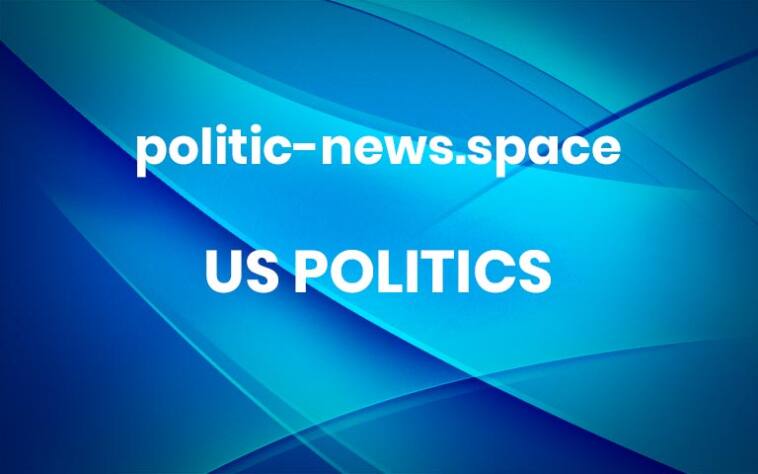Trump’s shuttering of the National Center for Atmospheric Research is Stalinist | Michael Mann and Bob Ward
This is the latest in the relentless purge of climate researchers who refuse to be co-opted by the fossil fuel industryThe Soviet dictator Joseph Stalin would no doubt have understood and even appreciated the latest attack by the Trump administration on climate researchers and their work.The National Center for Atmospheric Research in Boulder, Colorado, is to be dismantled after more than 50 years at the forefront of global research on climate science and monitoring.Professor Michael Mann is the presidential distinguished professor and director of the Penn Center for Science, Sustainability and the Media at the University of Pennsylvania, and co-author with Peter Hotez of Science Under Siege; Bob Ward is policy and communications director at the Grantham Research Institute on Climate Change and the Environment at the London School of Economics and Political Science Continue reading… More


